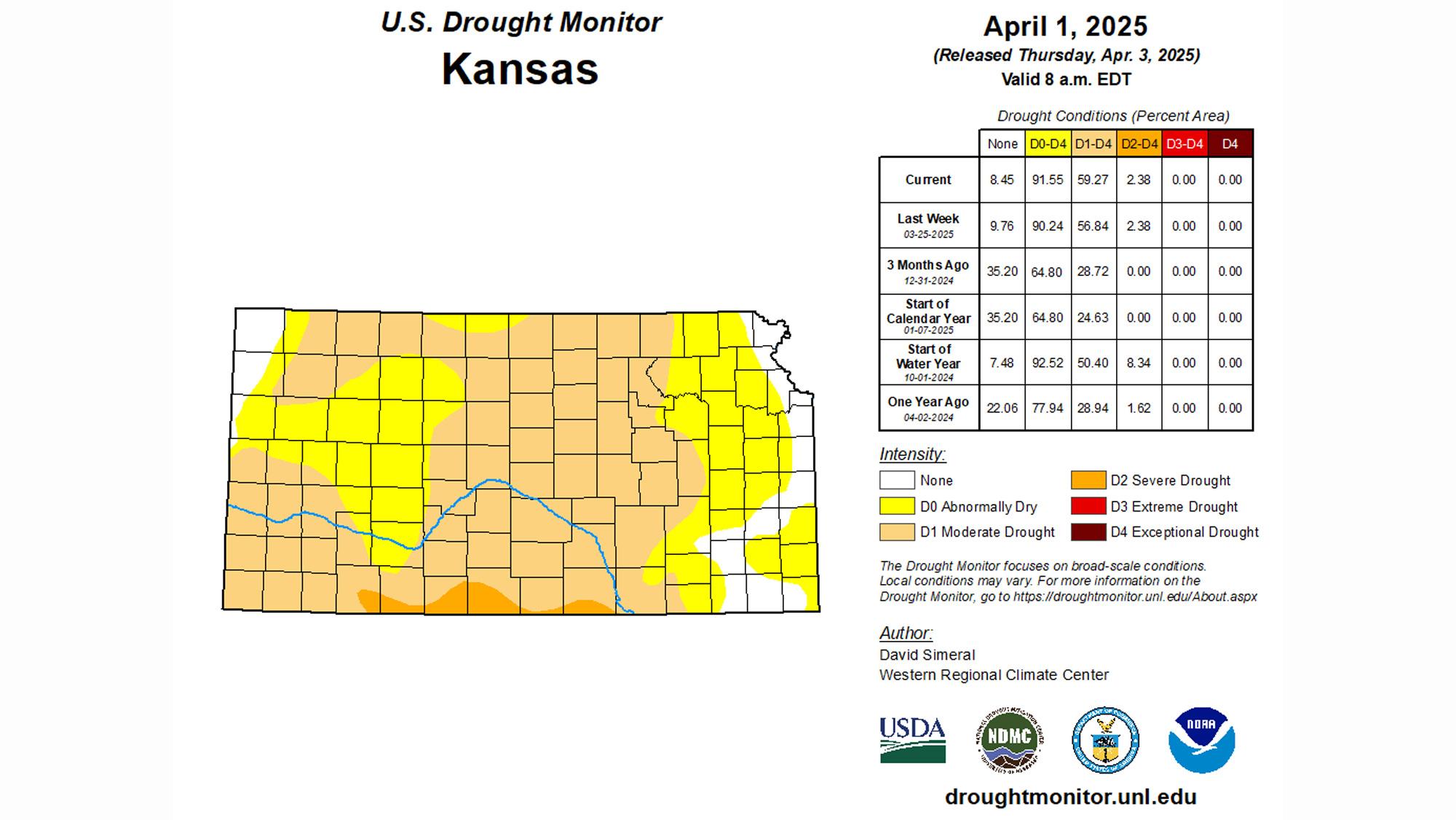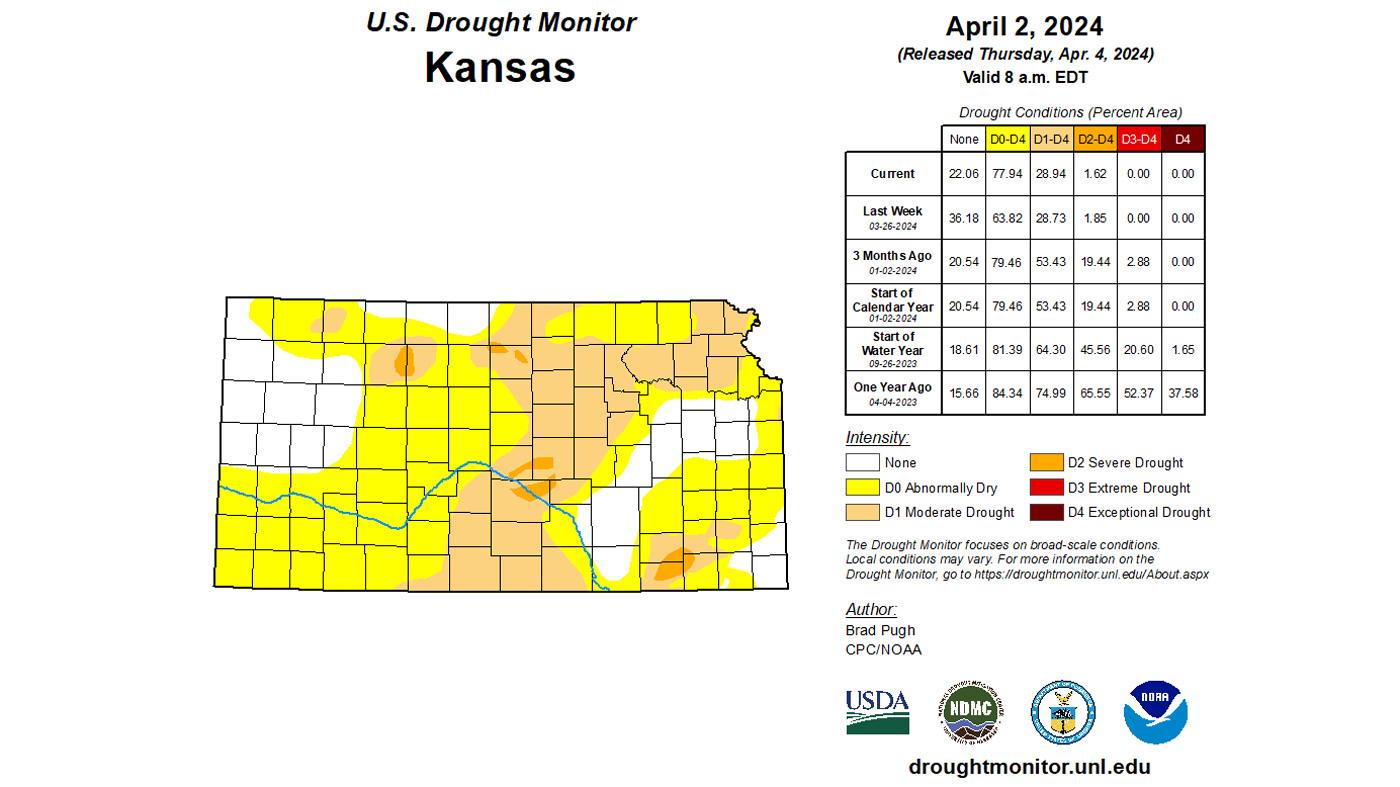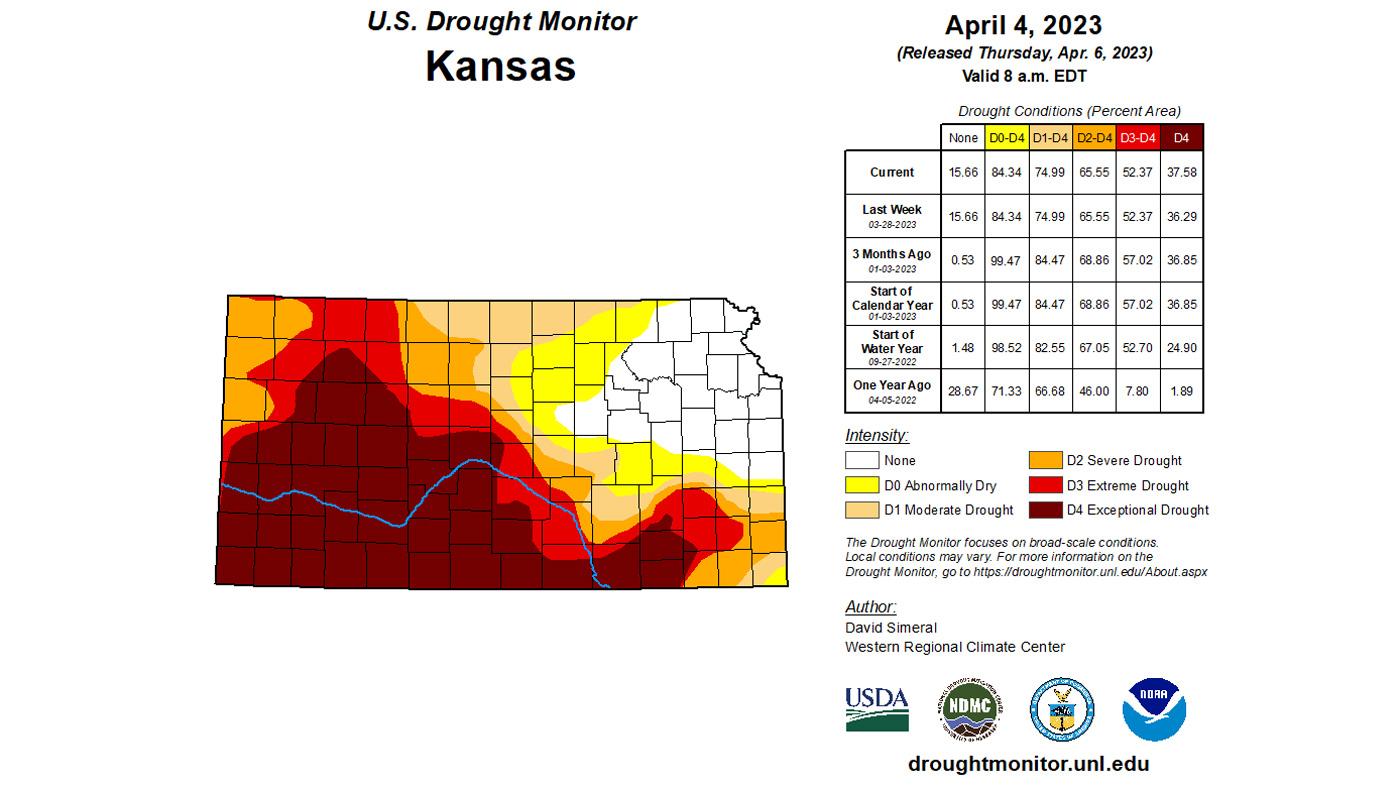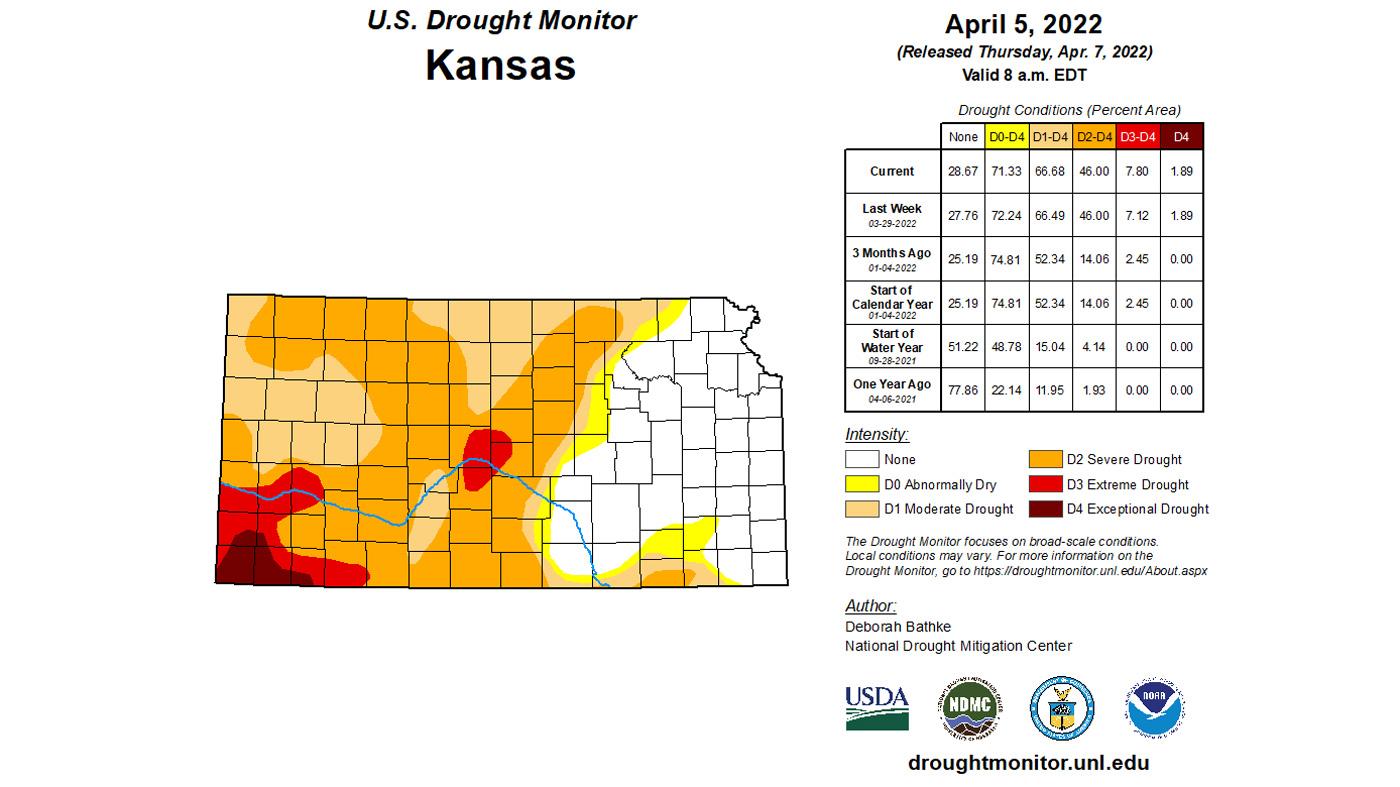



License |
Resident |
Nonresident |
Hunting license |
$27.50 |
$127.50 |
Hunting license (15 and younger) |
Not required |
$42.50 |
Either species/either-sex firearms deer |
$52.50 |
n/a |
Any-season whitetail deer |
$42.50 |
n/a |
Archery either-species/either-sex deer |
$42.50 |
n/a |
Muzzleloader either-species/either-sex deer |
$42.50 |
n/a |
Nonresident whitetail deer |
n/a |
$477.50 |
Nonresident mule deer stamp |
n/a |
$150.00 |
License | Resident | Nonresident |
Hunting license | $27.50 | $127.50 |
Hunting license (15 and younger) | Not required | $42.50 |
Either species/either-sex firearms deer | $52.50 | n/a |
Any-season whitetail deer | $42.50 | n/a |
Archery either-species/either-sex deer | $42.50 | n/a |
Muzzleloader either-species/either-sex deer | $42.50 | n/a |
Nonresident whitetail deer | n/a | $477.50 |
Nonresident mule deer stamp | n/a | $150.00 |




Unit |
Trophy potential |
No. of nonresident archery harvests |
No. of nonresident muzzleloader harvests |
No. of resident archery harvests |
No. of resident muzzleloader harvests |
1 |
170”+ |
19 |
9 |
119 |
73 |
2 |
170”+ |
28 |
0 |
92 |
37 |
3 |
170”+ |
0 |
0 |
9 |
9 |
4 |
160”+ |
0 |
0 |
0 |
0 |
5 |
160”+ |
0 |
0 |
0 |
0 |
17 |
180”+ |
9 |
19 |
92 |
28 |
18 |
170”+ |
0 |
0 |
0 |
28 |
Unit | Trophy potential | No. of nonresident archery harvests | No. of nonresident muzzleloader harvests | No. of resident archery harvests | No. of resident muzzleloader harvests |
1 | 170”+ | 19 | 9 | 119 | 73 |
2 | 170”+ | 28 | 0 | 92 | 37 |
3 | 170”+ | 0 | 0 | 9 | 9 |
4 | 160”+ | 0 | 0 | 0 | 0 |
5 | 160”+ | 0 | 0 | 0 | 0 |
17 | 180”+ | 9 | 19 | 92 | 28 |
18 | 170”+ | 0 | 0 | 0 | 28 |
Unit |
Public land |
Nonresident archery/muzzleloader |
1 |
0.3% |
13% |
2 |
0.5% |
16% |
3 |
0.1% |
4% |
4 |
1.3% |
0% |
5 |
1.9% |
0% |
17 |
0.1% |
19% |
18 |
3.9% |
24% |
Unit | Public land | Nonresident archery/muzzleloader |
1 | 0.3% | 13% |
2 | 0.5% | 16% |
3 | 0.1% | 4% |
4 | 1.3% | 0% |
5 | 1.9% | 0% |
17 | 0.1% | 19% |
18 | 3.9% | 24% |
Unit |
Predictive odds with 0 points |
Predictive odds with 1 point |
1, 2, 17, 18 |
17% |
100% |
3, 4, 5, 6, 6 |
0% |
96% |
Unit | Predictive odds with 0 points | Predictive odds with 1 point |
1, 2, 17, 18 | 17% | 100% |
3, 4, 5, 6, 6 | 0% | 96% |
Unit |
Trophy potential |
Public land percentage |
Predictive nonresident odds with 0 points |
1 |
150”+ |
0.3% |
4.3% |
2 |
150”+ |
0.5% |
2.9% |
3 |
150”+ |
0.1% |
1.7% |
4 |
150”+ |
1.3% |
1.7% |
5 |
150”+ |
1.9% |
3.7% |
6 |
150”+ |
0.5% |
5.0% |
7 |
150”+ |
1.9% |
8.0% |
8 |
150”+ |
1.7% |
8.9% |
9 |
160”+ |
2.2% |
4.2% |
10 |
160”+ |
2.8% |
5.6% |
11 |
150”+ |
1.3% |
12% |
12 |
150”+ |
0.5% |
9.6% |
13 |
160”+ |
0.9% |
6.3% |
14 |
160”+ |
1.1% |
.88% |
15 |
160”+ |
0.7% |
13% |
16 |
160”+ |
0.3% |
30% |
17 |
150”+ |
0.1% |
3.5% |
18 |
150”+ |
3.9% |
2.6% |
Unit | Trophy potential | Public land percentage | Predictive nonresident odds with 0 points |
1 | 150”+ | 0.3% | 4.3% |
2 | 150”+ | 0.5% | 2.9% |
3 | 150”+ | 0.1% | 1.7% |
4 | 150”+ | 1.3% | 1.7% |
5 | 150”+ | 1.9% | 3.7% |
6 | 150”+ | 0.5% | 5.0% |
7 | 150”+ | 1.9% | 8.0% |
8 | 150”+ | 1.7% | 8.9% |
9 | 160”+ | 2.2% | 4.2% |
10 | 160”+ | 2.8% | 5.6% |
11 | 150”+ | 1.3% | 12% |
12 | 150”+ | 0.5% | 9.6% |
13 | 160”+ | 0.9% | 6.3% |
14 | 160”+ | 1.1% | .88% |
15 | 160”+ | 0.7% | 13% |
16 | 160”+ | 0.3% | 30% |
17 | 150”+ | 0.1% | 3.5% |
18 | 150”+ | 3.9% | 2.6% |
Unit |
No. of nonresident archery harvest |
No. of nonresident muzzleloader harvest |
No. of nonresident rifle harvest |
1 |
194 |
97 |
118 |
2 |
118 |
22 |
118 |
3 |
624 |
54 |
258 |
4 |
226 |
11 |
86 |
5 |
333 |
54 |
237 |
6 |
150 |
11 |
161 |
7 |
634 |
22 |
301 |
8 |
699 |
0 |
312 |
9 |
312 |
43 |
118 |
10 |
452 |
43 |
118 |
11 |
1,495 |
108 |
548 |
12 |
774 |
161 |
495 |
13 |
161 |
11 |
43 |
14 |
936 |
108 |
387 |
15 |
516 |
11 |
269 |
16 |
699 |
118 |
419 |
17 |
172 |
32 |
247 |
18 |
54 |
11 |
54 |
Unit | No. of nonresident archery harvest | No. of nonresident muzzleloader harvest | No. of nonresident rifle harvest |
1 | 194 | 97 | 118 |
2 | 118 | 22 | 118 |
3 | 624 | 54 | 258 |
4 | 226 | 11 | 86 |
5 | 333 | 54 | 237 |
6 | 150 | 11 | 161 |
7 | 634 | 22 | 301 |
8 | 699 | 0 | 312 |
9 | 312 | 43 | 118 |
10 | 452 | 43 | 118 |
11 | 1,495 | 108 | 548 |
12 | 774 | 161 | 495 |
13 | 161 | 11 | 43 |
14 | 936 | 108 | 387 |
15 | 516 | 11 | 269 |
16 | 699 | 118 | 419 |
17 | 172 | 32 | 247 |
18 | 54 | 11 | 54 |
Note: The Kansas application deadline for nonresidents is April 25, 2025, and the resident deadline for draw permits is June 13, 2025. You can apply online here.
To view important information and an overview of Kansas’s rules/regulations, the draw system, tag and license fees and an interactive boundary line map, check out our State Profile. You can also view the Species Profiles to access historical and statistical data to help you identify trophy areas.
To aid in your research and planning efforts, we created a brand new tool for Insiders called Hunt Planner. This tool will help you be more efficient at planning for hunts and also keeps all your research data organized. No more notepads getting lost or headaches when trying to remember what units caught your eye during your research! Everything you need is always in one place at GOHUNT.
What can you do in Hunt Planner?
Point Tracker allows you to enter the number of points you have for each state and species and, as you research through Filtering and Draw Odds, your point total will automatically be highlighted.
Note: All fees listed in the tables below for both residents and nonresidents will have an internet convenience fee added at time of applying online for a permit or preference point. You must front the entire cost of the tag. In Kansas, both residents and nonresidents must have a hunting license.
2025
2024
2023
2022
Residents are allowed to hunt whitetail deer over-the-counter (OTC) each year. The permits they purchase are good for anywhere they have access whether it’s public land, walk-in or private. They can hunt during the archery, muzzleloader and rifle seasons with these permits. Residents can also choose to purchase an either-sex species permit if they want to hunt with archery equipment or with a muzzleloader. These permits are good for both eastern and western deer zones.
If a resident would like to hunt mule deer with a rifle, they must apply for the draw. If successful, the permit they draw will allow them to hunt either West Zone Mule Deer, which includes Units 1, 2, 17 and 18 or the East Zone, which includes Units 3, 4, 5, 7 and 16.
The nonresident draw process happens earlier in the year and applications are due by April 26 this year.
The first phase of the nonresident deer draw is exclusively for whitetail deer. Nonresidents are required to purchase a nonrefundable $127.50 hunting license prior to applying for a deer permit. They must also front the entire cost of the deer permit, which is $477.50. There is also a service fee added to the transaction in order to proceed. If you are unsuccessful in drawing your whitetail permit, you will be refunded the cost of the whitetail permit; however, the state will retain all other fees during the application process.
If you choose to apply for archery or muzzleloader in Units 1, 2, 3, 17 or 18 and draw a permit, then you will be eligible to try to draw a mule deer stamp during the same application process. This will add an additional $150.00 to your total during the checkout process. This portion of the draw takes place after all of the whitetail permits have been drawn. If you were successful in drawing a whitetail permit, which happens on a preference point system, you will now have a chance to draw the mule deer stamp. The mule deer stamp is randomly allocated in a draw and the odds vary by unit. There is no way to increase your odds of drawing the mule deer stamp, and it may take several years to successfully draw. If you successfully draw a mule deer stamp your whitetail archery or muzzleloader deer permit will be converted to an either species/either-sex archery or muzzleloader permit.
If you are successful in drawing a whitetail permit, but not successful in drawing a mule deer stamp, then you will be refunded only the amount of the mule deer stamp. If you are unsuccessful in drawing either a whitetail permit or the mule deer stamp, then you will be refunded the cost of the whitetail permit as well as the cost of the mule deer stamp; however, the state will retain all other fees due at the time you apply.
All successful deer applicants will also receive a doe permit for whitetail deer.
The Kansas system is a true preference point system and applicants with the most points automatically receive a permit.
The Kansas preference point system only applies to the whitetail draw. There is no point system for allocating mule deer stamps. Preference points will be purged if an application is not submitted for five consecutive years.
If you choose to apply as a group, the group application will enter the draw with the lowest preference point number of any single applicant in the group. For example, if a group of two applicants apply together with four and two preference points, the application would go into the draw with two preference points. Up to five people can apply together on a group application. The group leader must select the “create group option” when they complete their application and they will be given a group number. Each member of the group then applies individually with the same hunt unit and weapon choices and then also select the “join group option” and then add the group number.
Along with most western states, mule deer populations in Kansas are decreasing and contracting to the western third of the state. Conversely whitetail deer populations are healthy and expanding to the west. Overall deer populations are estimated to be about 700,000 in 2024, with only 36,600 of those being mule deer. The largest populations of mule deer occur in western Kansas along the Colorado border. That’s the bad news, the good news is that mule deer hunting opportunities still exist and the quality is generally pretty good. Currently, mule deer opportunities can be found in Units 1, 2, 3, 4, 5, 7, 17 or 18.
If you are a nonresident, you will only be allowed to hunt mule deer if you choose to apply for archery or muzzleloader and are lucky enough to draw a mule deer stamp in the random draw after you have successfully drawn your whitetail permit in any of these given units. Trophy potential is generally in the 160”+ range, but every year, there are bigger bucks taken, including some that will go over 200”. As you may have noticed, there is not a lot of public land in Kansas. As such, any applicant applying for a deer tag and the additional mule deer stamp will likely need to find and secure permission to hunt private land or have booked a fully guided hunt. The draw odds for the mule deer stamps in the various units is typically in the 4%-25% range. You can review the tables below to see your draw odds and what units are the best options for finding and killing mule deer bucks.
Kansas has long been linked with giant whitetail bucks and it still represents a very good opportunity for nonresidents and residents to hunt mature bucks. Historically, the south central portion of the state has produced the best bucks, but it’s not entirely uncommon for trophy caliber bucks to be harvested throughout the state. Perhaps the best thing about Kansas whitetail is that every unit in the state could have been drawn with one preference point by nonresidents and residents can obtain their permits OTC. If there is a downside, it’s that Kansas lacks easily accessible public lands. There are very few opportunities for DIY public land hunters. There are some state managed Walk-In Hunting Access that are accessible and Kansas Wildlife and Parks has online atlases and maps with descriptions that can help you find those walk-in areas. The key to doing well in Kansas is finding a quality place to hunt whether that is on a guided/leased hunt area or by gaining written permission for private land or by scouting extensively and hunting public walk-in areas. A guided hunt is the easier of the options — and the hunting is almost always better on private land parcels. A DIY hunter utilizing walk-in acres and state land can still have a good hunt, but it will almost always require a lot of research and effort to make it happen. Every unit should be able to be drawn by a nonresident applying with 1 point for archery, muzzleloader, or rifle seasons.
Currently, the odds of drawing a nonresident whitetail deer permit in Kansas is 100% for applicants with one or more preference points.
If you do not have any points, use Filtering to see what exactly your odds would have been last season and plan accordingly. For the most part, if you are looking to hunt whitetail deer and you are not in the far western side of the state, you can plan on your odds of drawing with zero points to be good even the first year you apply.
You can apply online here. Nonresident antlered permits are available through online application only.
Nonresident deer permit draw: application period April 1 to 25, 2025.
Resident any deer firearms permit draw: application period May 13 to June 13, 2025.
Resident whitetail any season permit: purchase through Dec. 31, 2025.
Resident archery: purchase through Dec. 31, 2025.
Hunt-own-land deer permit: purchase through Dec. 31, 2025.
Antlerless whitetail deer permit: purchase through Jan. 31, 2026.
A nonresident hunter who does not want to hunt in the current season can purchase a preference point that will count toward a whitetail deer permit in a future drawing.
If unsuccessful in the draw, hunters will be issued a preference point for a future drawing.
Preference points remain on file for five years from the last date a point was issued or purchased. If an applicant fails to make at least one application or purchase one point within five consecutive years, all earned preference points will be reset to zero.
Save unit seasons in Filtering.
Never lose track of units you want to further research.
Rank seasons.
Decide what unit to apply for or what order to place your units when applying on a state's website.
Compare seasons (up to three at a time).
Save the filter settings you used in Filtering to find a great hunt.
Add notes to your research folder under season level or hunt folder level.
And much more!